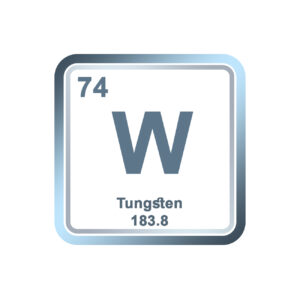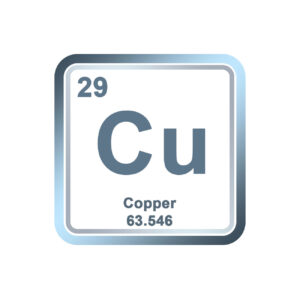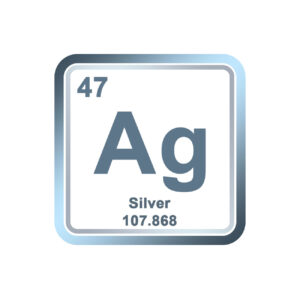Carbon
Overview of Diamond in Essential Manufacturing
Per the United States Geological Survey National Mineral Information Center, total domestic primary production of manufactured industrial diamond bort, grit, and dust and powder was estimated to be 190 million carats with a value of $86 million. There was no domestic production of stone, only one domestic facility for grit, less than ten firms producing polycrystalline diamond from diamond powder, and one company (National Research) recovering used industrial diamond as one of their principal operations. The major consuming sectors of industrial diamond are medical; computer chip production; construction; drilling for minerals, natural gas, and oil; machinery manufacturing; stone cutting and polishing; and transportation. About 99% of U.S. industrial diamond’s apparent consumption was synthetic industrial diamond because its quality can be controlled and its properties can be customized. However, 90% of all Industrial Diamonds are manufactured in China. There is limited U.S. production of Industrial Diamonds and maintaining domestic supply is essential in manufacturing operation in ALL industries affects millions of end users, which translates to almost the entire consumer base of the United States, including the medical industry.
Product Description
USGS Diamond Report 2020
Industrial Diamonds are used for grinding, polishing, drilling, machining, wire drawing and cutting of materials that are used in every industry. For example, in aerospace and defense, materials used in jet engines and other components can ONLY be effectively and cost-efficiently finished with Industrial Diamonds. The same holds true for automotive and heavy equipment industries where steel and aluminum parts can ONLY be machined and ground effectively with Industrial Diamonds. Glass, ceramics, concrete, granite, wood, composites, and every difficult-to-finish material in EVERY INDUSTRY has the same drawback to manufacture without Industrial Diamonds. Industrial Diamonds are critical for National Security as they are used to manufacture vehicles and equipment for the Armed Forces. Industrial Diamond shortages will affect the ability of U.S. companies to compete on an international scale and cause extreme hardship on U.S. Manufacturing.
Diamond in Medical
Diamond has unique mechanical, chemical, optical, and bio-compatible properties that make it a critical component within a number of essential medical products. Beyond the usage in a number of medical tools, blades, and other human contact abrasive products, there have been recent developments involving the use of diamond in prosthetics, sensing, imaging, and drug delivery which promise significant improvements in the diagnosis and treatment of medical conditions today and throughout the coming years. These developments suggest that diamonds may soon have a greater impact on human health care.
A diamond may find use in microscale devices for sensing and/or drug delivery, which are known as biomedical microelectromechanical systems. Conventional microelectromechanical systems are commonly fabricated using silicon; however, silicon demonstrates undesirable mechanical and tribological properties, including poor brittle fracture strength and a tendency to adhere to surfaces (stiction). Diamond is also an attractive material for use in cell-based biosensors. In addition, diamond is being considered for use in neural prostheses. Further, by attaching diamonds to drugs the treatment will become more effective. The other benefits of diamonds are that they are compatible with human cells
A diamond is truly remarkable. Due to its resistance to heat, a diamond can become five times hotter and cool down easier than silicon without having an impact on the performance. A diamond can also tolerate higher voltages. Therefore, the latest research has shown that semiconductors that contain diamonds make the electrical current in computer devices a lot more effective, lighter, faster, and simpler.






Reviews
There are no reviews yet.